Secrets of Successful Fantasy Book Covers: Lessons from Bestsellers
When designing a cover for a fantasy novel, certain visual elements consistently appear on bestsellers, capturing readers’ attention and conveying the essence of the story within. Striking central imagery is paramount, often featuring a powerful character, mystical creature, or iconic object that represents the heart of the narrative. These focal points are frequently rendered in intricate detail, inviting potential readers to examine the cover closely and sparking their curiosity about the world within.
Landscape elements play a crucial role in setting the stage for the story. Towering castles, misty forests, or otherworldly vistas serve as backdrops, immediately transporting viewers to fantastical realms. These environments are often depicted with a sense of scale and grandeur, emphasizing the epic nature of the tale.
Magical effects and atmospheric elements are also key components of successful fantasy covers. Swirling mists, glowing auras, or shimmering portals add an air of mystery and wonder, hinting at the magical systems or supernatural phenomena within the book. “The cover is a promise to the reader,” as many publishing professionals often say, and these magical touches fulfill that promise for fantasy enthusiasts.
Weaponry and artifacts frequently feature prominently on bestselling covers, whether it’s a legendary sword, a powerful amulet, or an ancient tome. These objects not only add visual interest but also provide clues about the story’s central conflicts or quests. Designers often place these elements in the foreground or integrate them seamlessly with the main character to create a cohesive and compelling composition.
Texture and dimensionality are vital in making fantasy covers stand out on crowded bookshelves or digital marketplaces. Embossing, foil stamping, or digital rendering techniques that mimic these effects can add a tactile quality to the cover, making it more enticing to potential readers. This attention to detail often extends to clothing and armor designs, which can provide insights into the book’s cultural settings or historical inspirations.
Negative space is used strategically in many bestselling fantasy covers. While some designs opt for richly detailed, full-bleed illustrations, others leverage empty space to create contrast and draw focus to key elements. This approach can lend a sense of mystery or allow individual components of the cover to breathe, preventing the overall design from becoming overwhelming.
Typography and title placement
Typography plays a crucial role in fantasy book covers, often serving as a visual anchor that complements the imagery while conveying the tone and genre of the story. The title is typically the largest text element on the cover, demanding immediate attention and recognition. Bestselling fantasy novels often employ custom-designed typefaces that evoke a sense of magic, antiquity, or otherworldliness.
Serif fonts are a popular choice for fantasy titles, as they can lend an air of classic literature or historical gravitas to the work. However, many successful covers also utilize bold, stylized sans-serif fonts that offer a more modern or edgy feel, particularly for urban fantasy or contemporary settings. The key is to ensure that the typeface aligns with the book’s content and target audience.
“The right font can transport readers to another world before they’ve even opened the book,” says renowned book designer Chip Kidd.
Title placement is equally important in creating an impactful cover. Many bestsellers position the title prominently at the top or center of the cover, allowing it to work in harmony with the central image. Some designers opt for a more integrated approach, weaving the title into the artwork itself – for example, having it appear as if carved into stone or floating in a magical mist.
The author’s name is another critical element, especially for established writers with a strong following. For these authors, the name may be given equal or even greater prominence than the title itself. In contrast, debut authors might see their names in smaller print, with the focus primarily on the title and cover art.
Subtitle placement and design also require careful consideration. Fantasy series often include subtitles or volume numbers, which need to be incorporated without cluttering the overall design. These are typically placed below the main title in a smaller, complementary font.
Legibility is paramount, regardless of the chosen style or placement. The title must be easily readable at thumbnail size for online marketplaces and from across a bookstore. This often means choosing high-contrast color combinations for the text and background.
Many successful fantasy covers also incorporate additional typographic elements that enhance the overall design. These might include decorative flourishes, borders, or small symbols that reinforce the book’s themes or magical elements. However, it’s crucial to strike a balance – too many typographic embellishments can overwhelm the cover and detract from its effectiveness.
Layering text over images requires particular skill. Designers often use techniques such as drop shadows, glows, or semi-transparent overlays to ensure that text remains readable while integrating seamlessly with the artwork. Some covers feature ‘knockout’ text, where the title appears as negative space within an image, creating a striking visual effect.
Ultimately, the typography and title placement on a fantasy book cover should work in concert with the imagery to create a cohesive, attractive package that instantly communicates the book’s genre and appeals to its target audience. The most successful covers achieve a perfect balance between text and visuals, creating an irresistible invitation to the magical worlds within.
Color schemes and mood creation
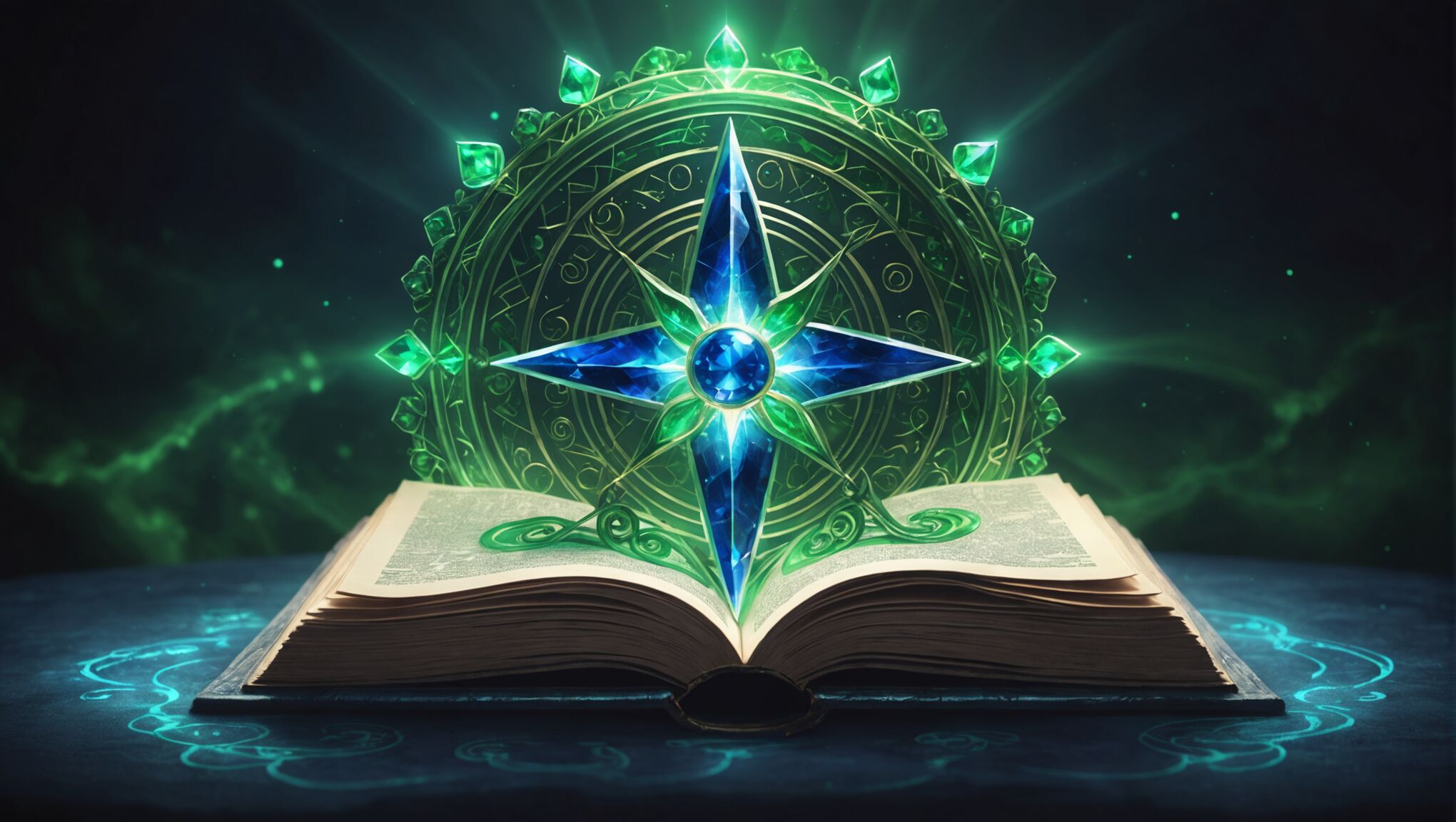 Color plays a pivotal role in setting the mood and atmosphere of a fantasy book cover, often serving as the first emotional touchpoint for potential readers. Bestselling fantasy novels frequently employ rich, saturated color palettes that evoke a sense of wonder, mystery, and otherworldliness. These carefully chosen hues can instantly transport viewers to realms of magic and adventure.
Color plays a pivotal role in setting the mood and atmosphere of a fantasy book cover, often serving as the first emotional touchpoint for potential readers. Bestselling fantasy novels frequently employ rich, saturated color palettes that evoke a sense of wonder, mystery, and otherworldliness. These carefully chosen hues can instantly transport viewers to realms of magic and adventure.
Deep, jewel-toned colors are particularly popular in fantasy cover design. Sapphire blues, emerald greens, and amethyst purples convey a sense of regality and magic, often associated with epic fantasy tales. These intense colors can create a feeling of depth and dimension, drawing the eye into the cover’s imagery.
Contrasting color schemes are frequently utilized to create visual impact and highlight key elements of the cover. A common technique is to set a warm-colored focal point, such as a character or magical object, against a cooler background. This contrast not only makes the central image pop but also creates a sense of tension or energy that reflects the story’s conflict.
Atmospheric effects are often achieved through the use of color gradients and overlays. Misty blues and purples can suggest twilight or dawn, adding a sense of mystery and transition. Golden hues might be employed to create a feeling of warmth and nostalgia, perfect for more whimsical or historical fantasy settings.
Dark, moody color schemes are particularly effective for grimdark fantasy or stories with darker themes. Deep blacks, midnight blues, and blood reds can create a foreboding atmosphere that appeals to readers seeking more intense, adult-oriented fantasy narratives.
On the other hand, lighter, more ethereal color palettes are often chosen for young adult fantasy or stories with a more optimistic tone. Soft pastels or luminous whites can evoke a sense of magic and possibility, appealing to readers looking for uplifting adventures.
Metallic accents, whether achieved through actual foil stamping or digital rendering, add a touch of luxury and magic to many bestselling covers. Gold, silver, and copper tones can make a cover feel more premium and hint at the presence of precious artifacts or magical elements within the story.
The use of color to create a sense of light and shadow is another powerful technique. Many successful covers feature dramatic lighting effects, such as a burst of magical energy or a shaft of sunlight breaking through darkness. These effects not only add visual interest but also contribute to the overall mood and tone of the cover.
Consistency in color scheme across a series is often key to creating a recognizable brand. Many bestselling fantasy series maintain a cohesive color palette throughout, with subtle variations that distinguish individual volumes while preserving a unified look.
It’s important to note that color perception can vary across cultures, and what evokes magic and fantasy in one market might not have the same effect in another. Successful publishers often adapt color schemes for international editions to resonate with local audiences.
As we consider the impact of color on fantasy book covers, it’s worth reflecting on how these visual cues shape our expectations and emotional responses to stories. How do different color combinations make you feel? What assumptions do you make about a book’s content based on its color scheme? By becoming more aware of these subtle influences, we can develop a deeper appreciation for the artistry behind effective cover design and perhaps even challenge our own preconceptions about what certain colors signify in the realm of fantasy literature.
Incorporating symbolism and genre-specific imagery
Symbolism and genre-specific imagery are powerful tools that fantasy book cover designers use to instantly communicate the essence of a story and appeal to their target audience. These visual elements serve as a shorthand, allowing potential readers to quickly identify the type of fantasy they’re looking at and the themes they can expect within the pages.
One of the most common symbols in fantasy cover art is the dragon. Whether depicted as a majestic creature soaring through the sky or a menacing beast guarding treasure, dragons immediately signal high fantasy and epic adventure. They represent power, wisdom, and the untamed forces of nature that heroes often must confront or ally with in their quests.
Magical artifacts also feature prominently on many bestselling covers. Glowing orbs, ancient scrolls, or mystical weapons not only hint at the magical systems within the book but also serve as focal points that draw the reader’s eye. These objects often symbolize the protagonist’s journey or the central conflict of the story.
Portals and doorways are another frequently used motif, symbolizing the transition between worlds or the journey into the unknown. These can be rendered as shimmering magical gates, mysterious forest paths, or even as subtle elements within the overall composition, inviting the reader to step into a new realm.
Celestial imagery, such as moons, stars, and constellations, often appears on fantasy covers, particularly those with themes of prophecy or cosmic significance. These elements can create a sense of wonder and vastness, hinting at the epic scale of the story within.
For urban fantasy, the juxtaposition of modern cityscapes with magical elements is a common technique. Glowing runes on skyscrapers or mythical creatures lurking in alleyways instantly convey the blend of the mundane and the magical that defines this subgenre.
Natural elements like trees, mountains, and bodies of water are frequently imbued with symbolic meaning on fantasy covers. An ancient tree might represent wisdom or the connection between worlds, while stormy seas could symbolize the challenges and dangers the characters will face.
Symbols specific to magical or religious systems within the book’s world can also feature prominently. These might be invented runes, sigils, or emblems that hint at the unique lore and worldbuilding readers can expect to encounter.
Character archetypes are another form of visual shorthand used in fantasy cover design. The hooded figure, for instance, often represents mystery and hidden power, while a crowned silhouette might symbolize royalty or the weight of leadership.
Animals and mythical beasts beyond dragons also play significant roles in fantasy imagery. Wolves might symbolize loyalty or wildness, while phoenixes could represent rebirth or eternal hope. The specific creatures chosen often reflect key themes or plot elements within the story.
The use of light and shadow in cover art can also be deeply symbolic. A character emerging from darkness into light might represent a journey of self-discovery or the triumph of good over evil. Conversely, encroaching shadows could hint at looming threats or moral ambiguity within the narrative.
Incorporating these symbols and genre-specific images requires a delicate balance. The most effective covers use them in ways that are both familiar enough to be instantly recognizable and unique enough to stand out in a crowded marketplace. They must intrigue without giving away too much of the story, leaving room for the reader’s imagination to engage with the possibilities presented by these visual cues.
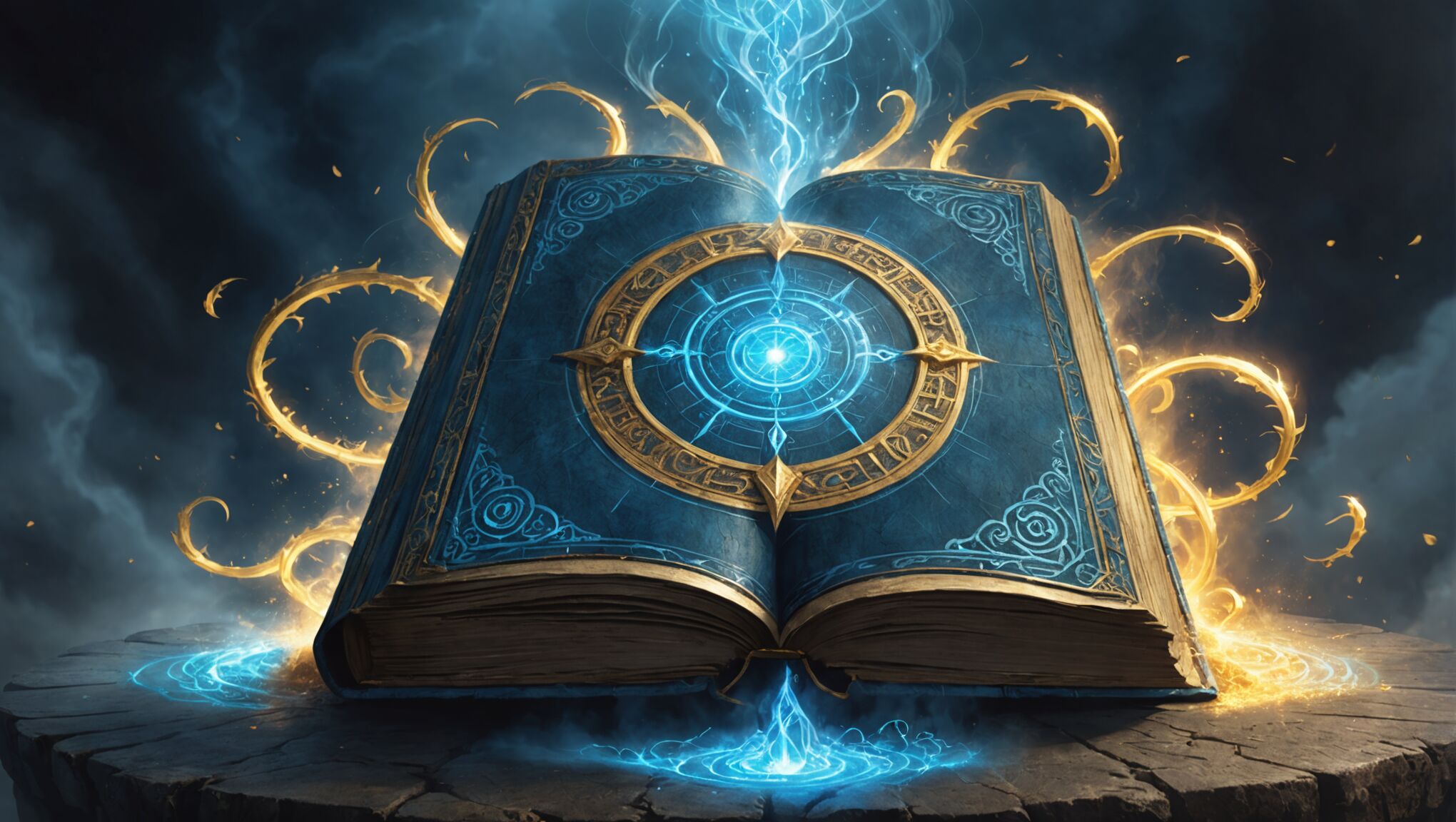

 Incorporating mythical creatures into romance book covers can significantly enhance the fantasy elements and create an immediate visual impact. These beings, drawn from folklore, legends, and imagination, can serve as powerful symbols of the magical world within your story.
Incorporating mythical creatures into romance book covers can significantly enhance the fantasy elements and create an immediate visual impact. These beings, drawn from folklore, legends, and imagination, can serve as powerful symbols of the magical world within your story.
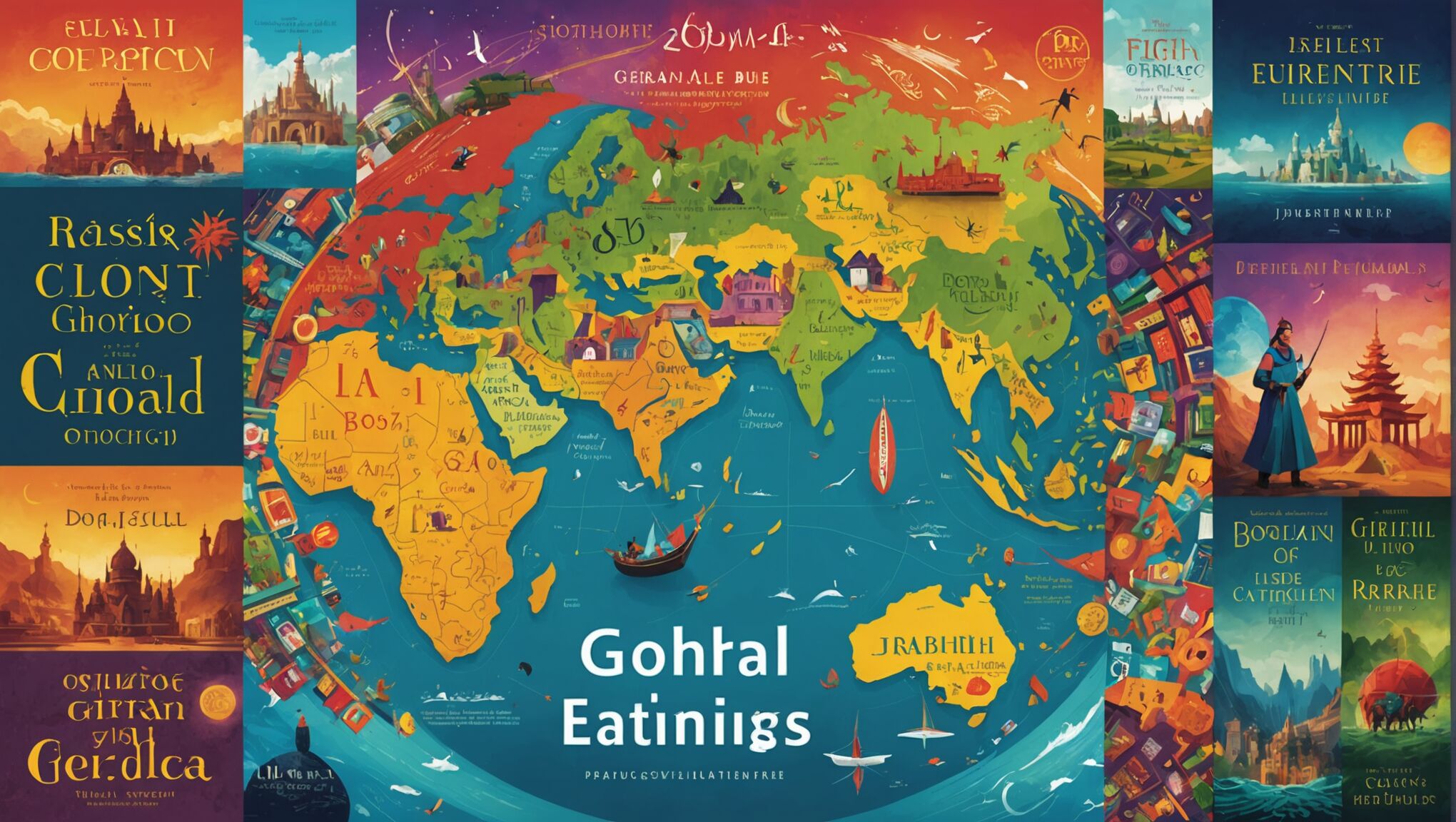 When it comes to typography and language considerations for international cover designs, the challenges are multifaceted and require careful attention to detail. The choice of typeface, font size, and overall layout can significantly impact readability and cultural appropriateness across different languages and writing systems.
When it comes to typography and language considerations for international cover designs, the challenges are multifaceted and require careful attention to detail. The choice of typeface, font size, and overall layout can significantly impact readability and cultural appropriateness across different languages and writing systems.
 Typography in dark fantasy book covers is undergoing a dramatic evolution, with designers pushing the boundaries of traditional lettering to create visually arresting and thematically resonant titles. The trend leans towards fonts that evoke a sense of antiquity, mystery, and otherworldliness, often with a touch of the macabre.
Typography in dark fantasy book covers is undergoing a dramatic evolution, with designers pushing the boundaries of traditional lettering to create visually arresting and thematically resonant titles. The trend leans towards fonts that evoke a sense of antiquity, mystery, and otherworldliness, often with a touch of the macabre.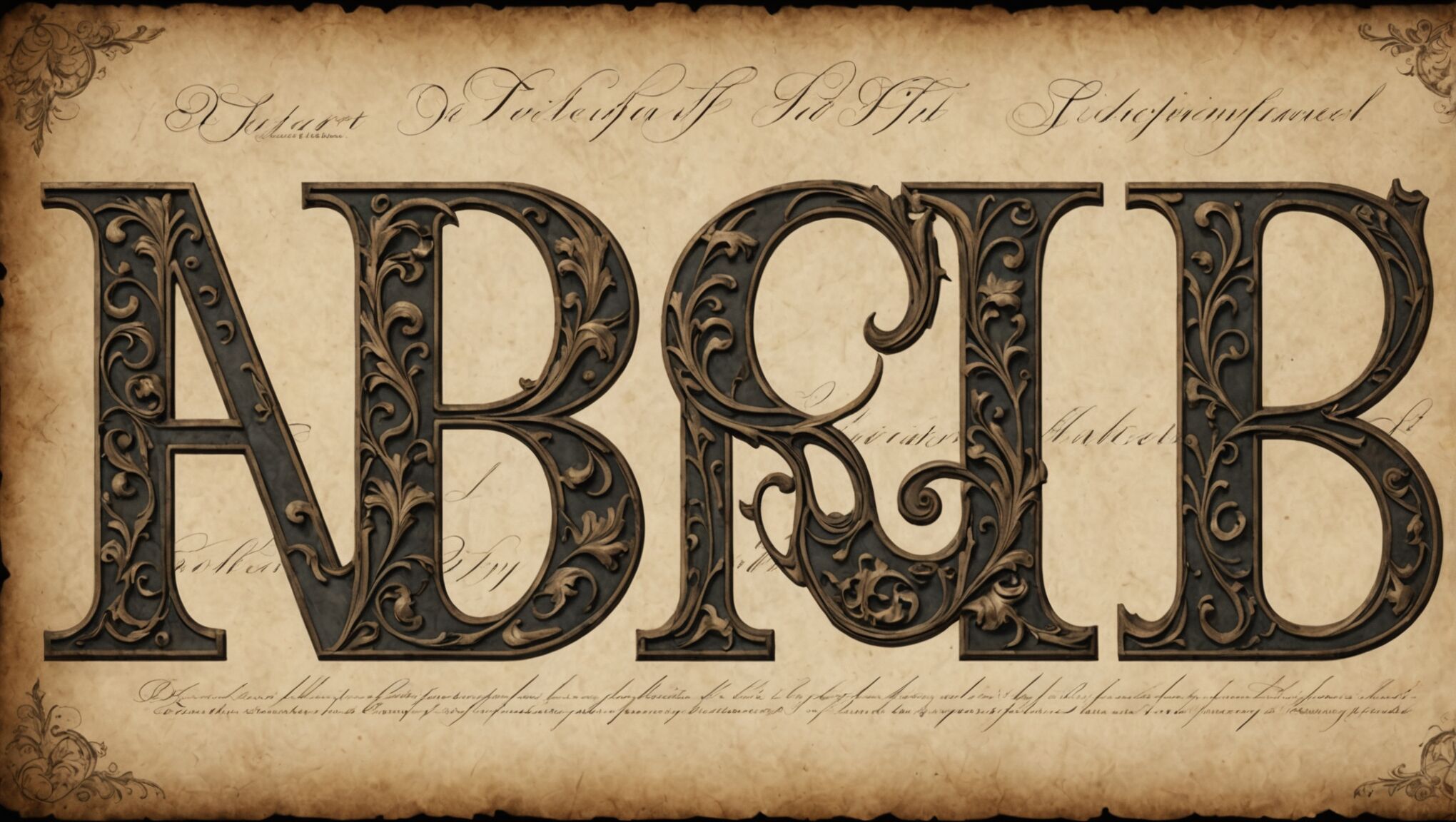
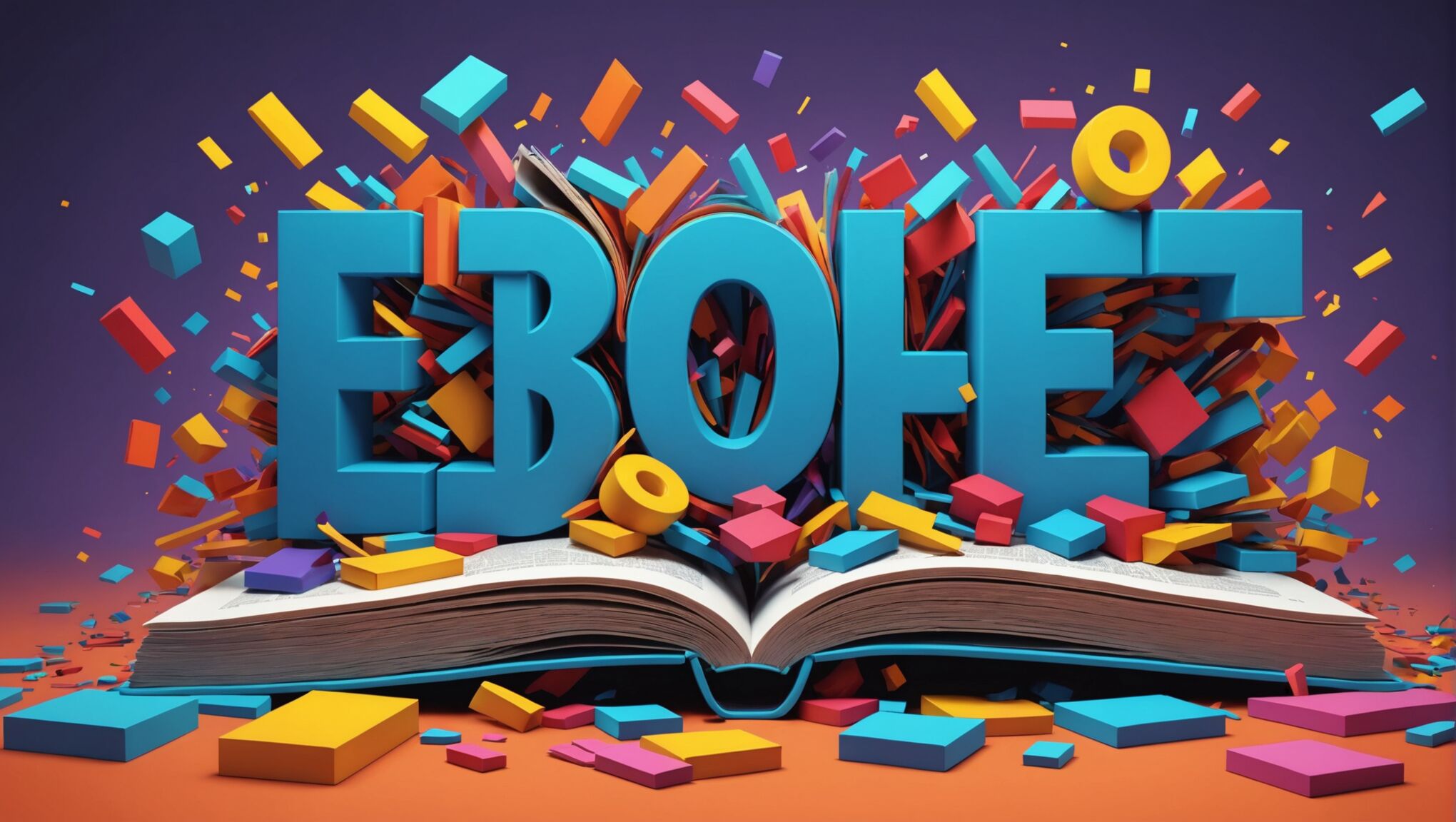 The size and placement of typography on a book cover are critical elements that can make or break its visual impact. Designers must carefully consider how to use these factors to create a hierarchy of information and guide the reader’s eye across the cover.
The size and placement of typography on a book cover are critical elements that can make or break its visual impact. Designers must carefully consider how to use these factors to create a hierarchy of information and guide the reader’s eye across the cover.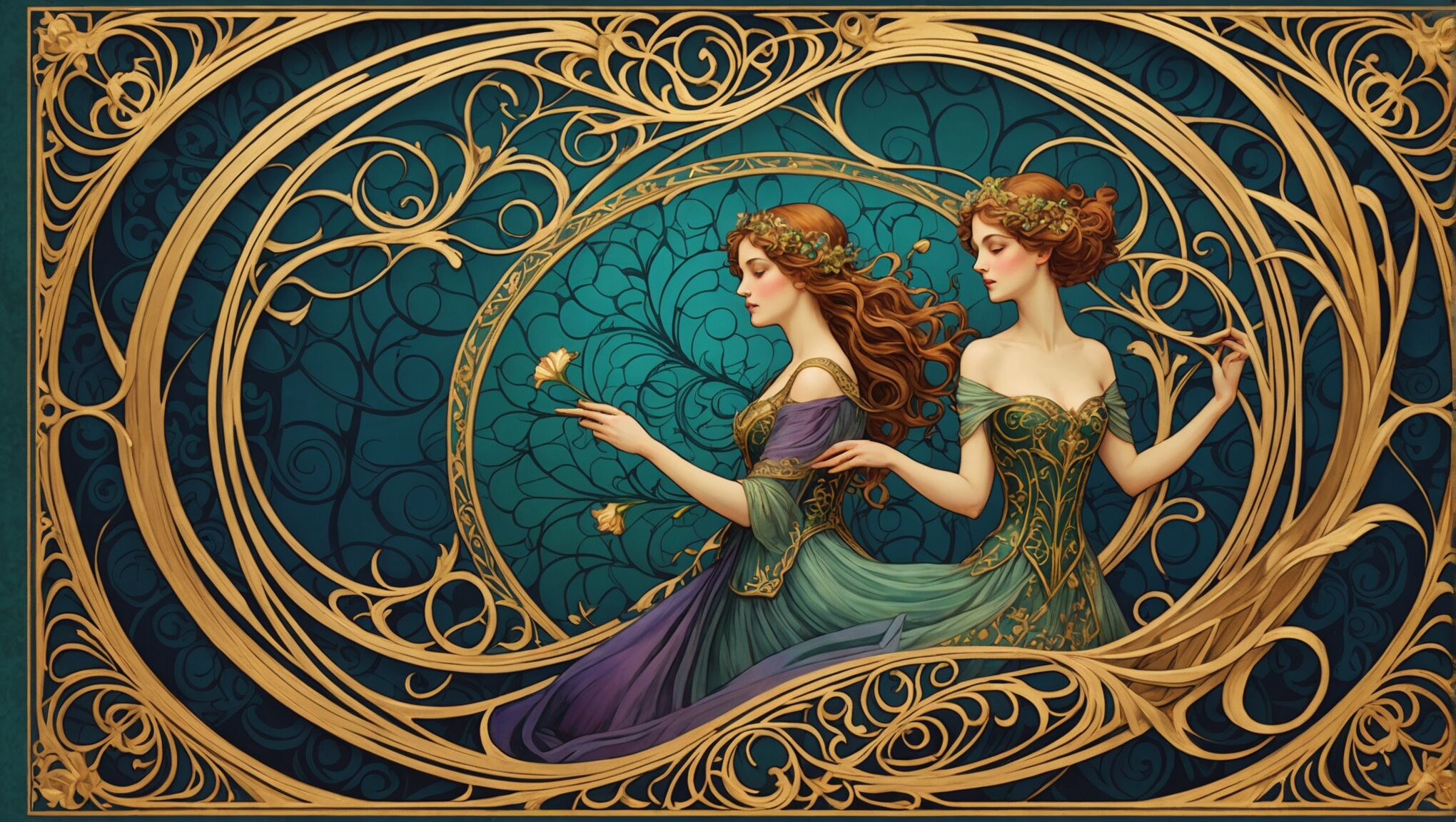
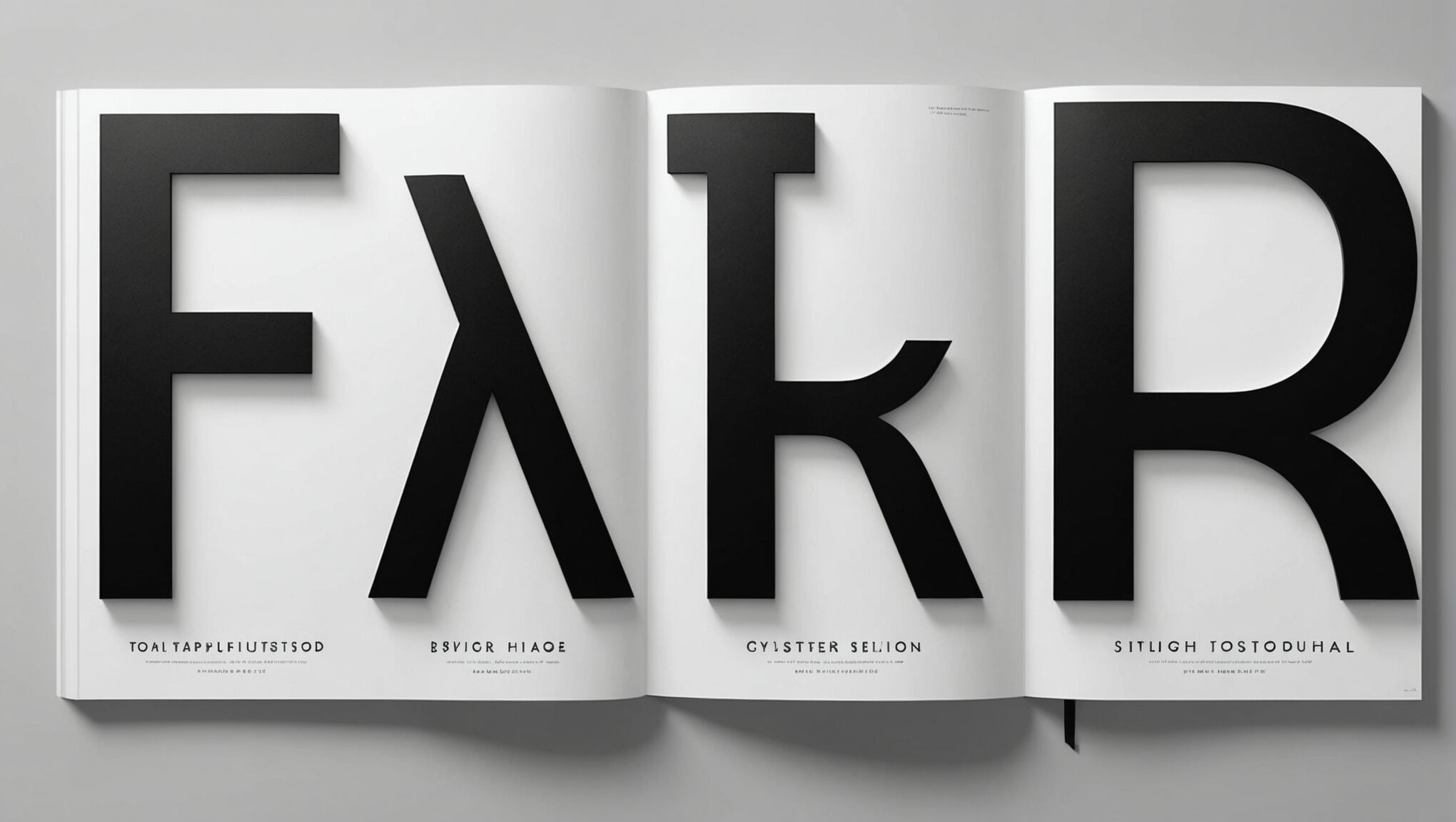 As the 1970s dawned, a new aesthetic began to emerge in book cover design, characterized by a shift towards minimalism and typography-driven layouts. This movement was a reaction to the bold, busy designs of the mid-century period, embracing simplicity and negative space as powerful design elements.
As the 1970s dawned, a new aesthetic began to emerge in book cover design, characterized by a shift towards minimalism and typography-driven layouts. This movement was a reaction to the bold, busy designs of the mid-century period, embracing simplicity and negative space as powerful design elements.
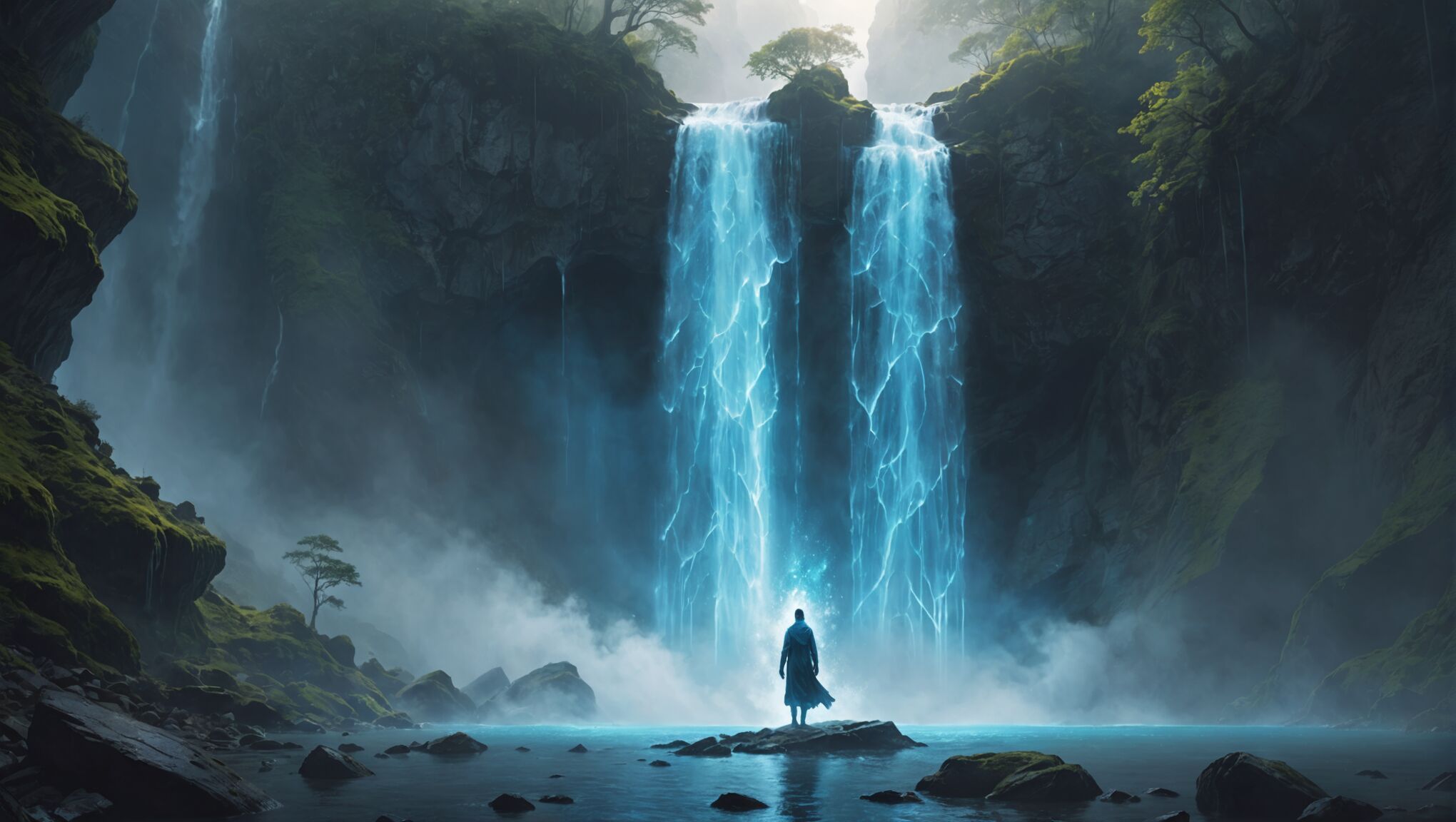 Integrating characters and scenery on fantasy book covers requires a delicate balance to create a cohesive and captivating image. One effective technique is to use scale and proportion to establish the relationship between the characters and their environment. By placing a small figure against a vast, sweeping landscape, artists can convey a sense of adventure and the epic scope of the story. Conversely, a character dominating the foreground with the landscape as a backdrop can emphasize the protagonist’s importance and power within the narrative.
Integrating characters and scenery on fantasy book covers requires a delicate balance to create a cohesive and captivating image. One effective technique is to use scale and proportion to establish the relationship between the characters and their environment. By placing a small figure against a vast, sweeping landscape, artists can convey a sense of adventure and the epic scope of the story. Conversely, a character dominating the foreground with the landscape as a backdrop can emphasize the protagonist’s importance and power within the narrative.
 Texture and layering techniques are powerful tools in the arsenal of fantasy cover artists, allowing them to create depth and intrigue that goes beyond surface-level imagery. By skillfully combining various textures and layers, artists can craft a visual experience that invites viewers to explore the cover as if it were a portal to the fantasy world itself.
Texture and layering techniques are powerful tools in the arsenal of fantasy cover artists, allowing them to create depth and intrigue that goes beyond surface-level imagery. By skillfully combining various textures and layers, artists can craft a visual experience that invites viewers to explore the cover as if it were a portal to the fantasy world itself.
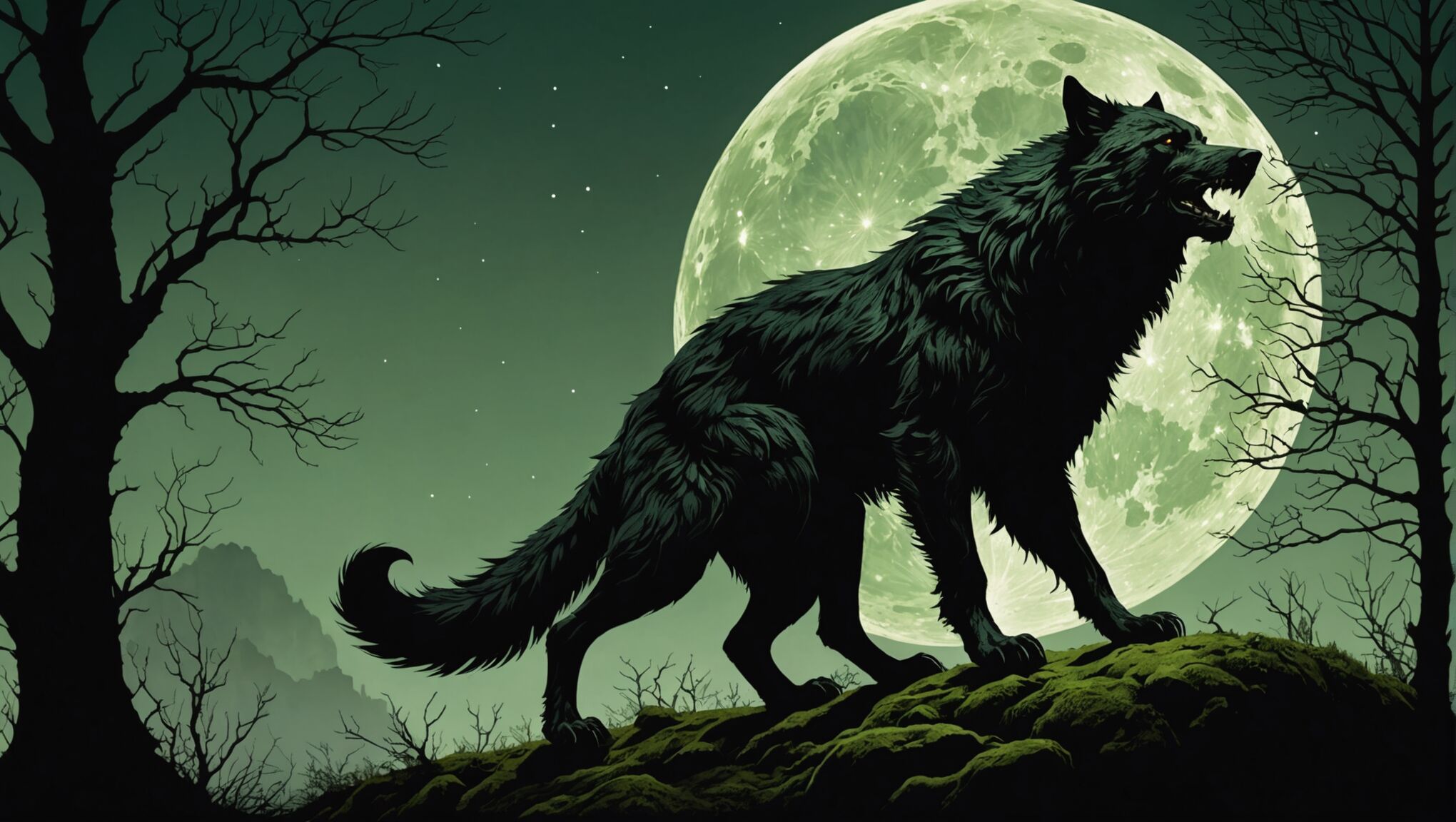 As we delve into the realm of paranormal romance, the color palette takes a dramatic turn towards bold and unconventional combinations that capture the essence of otherworldly love stories. These striking color pairings are designed to evoke a sense of mystery, danger, and supernatural allure, instantly signaling to readers that they’re about to embark on a thrilling journey beyond the ordinary.
As we delve into the realm of paranormal romance, the color palette takes a dramatic turn towards bold and unconventional combinations that capture the essence of otherworldly love stories. These striking color pairings are designed to evoke a sense of mystery, danger, and supernatural allure, instantly signaling to readers that they’re about to embark on a thrilling journey beyond the ordinary.